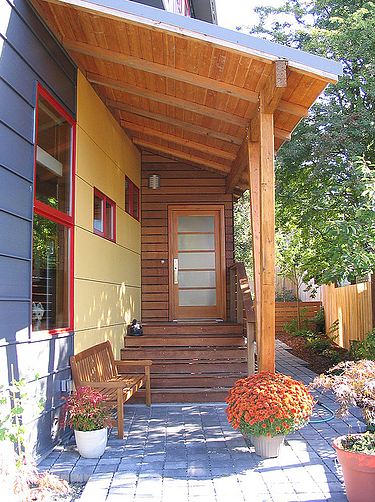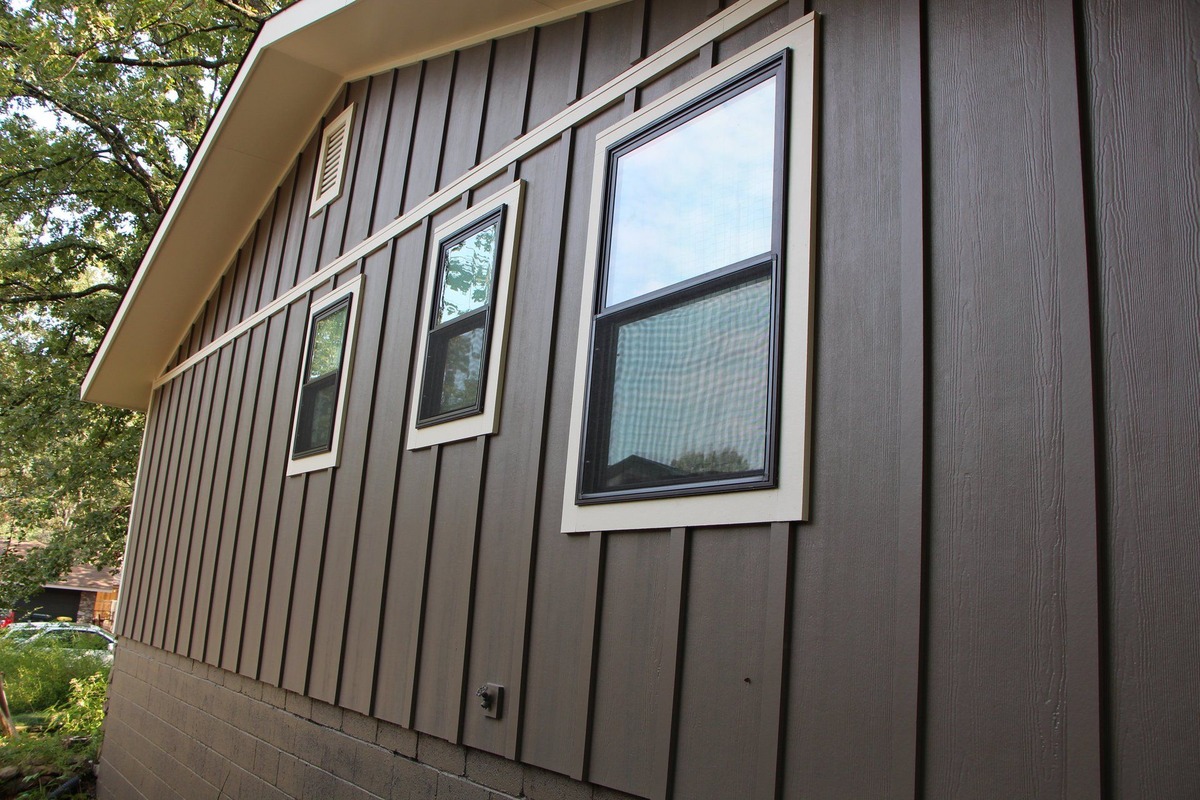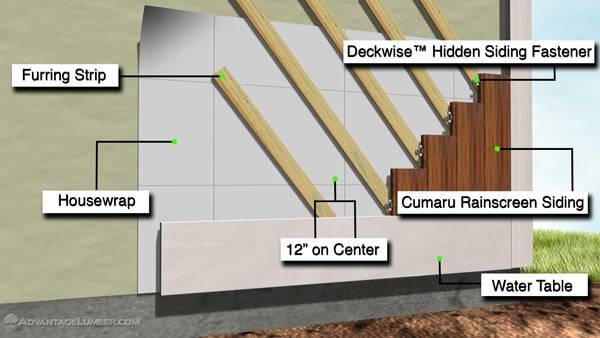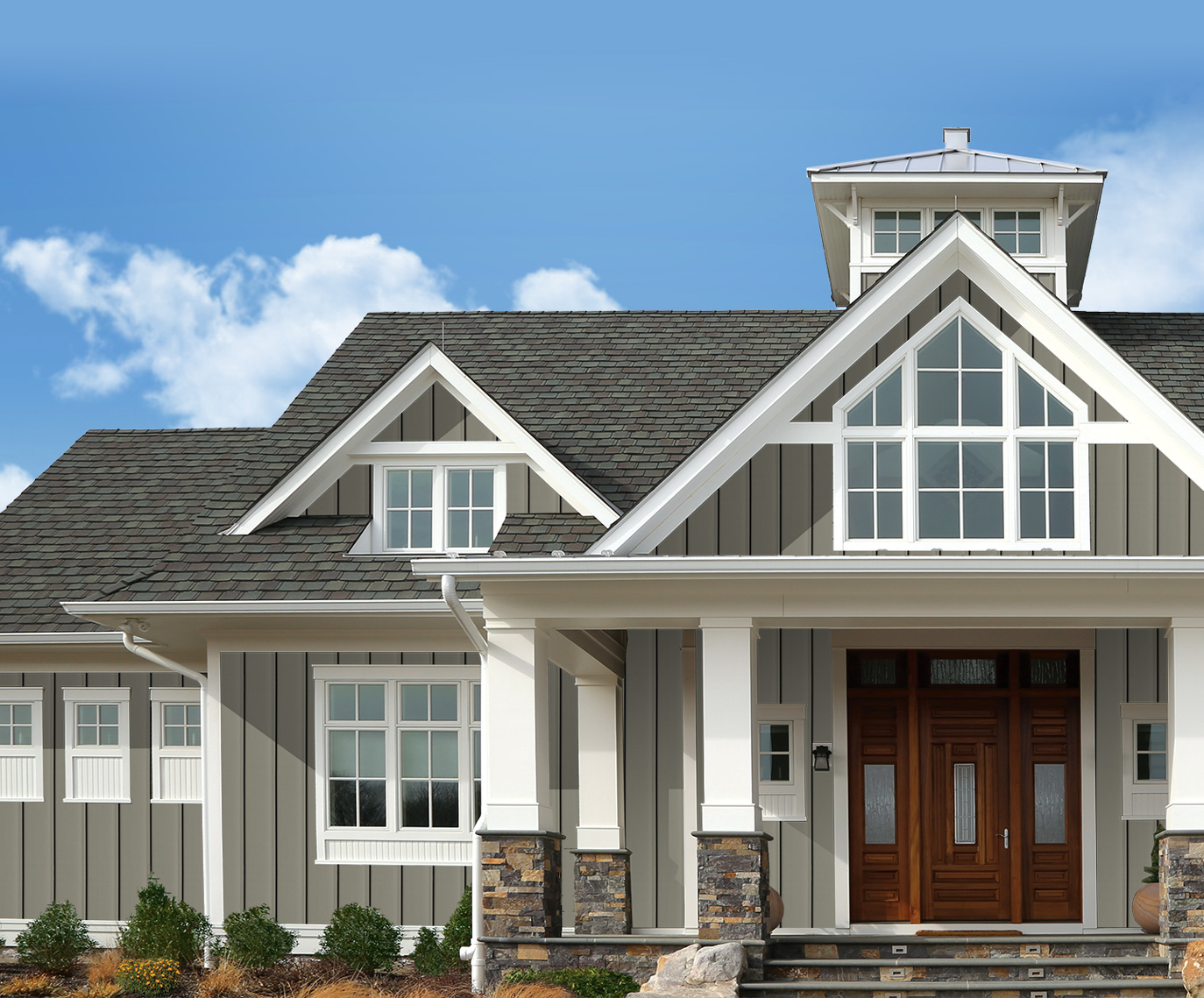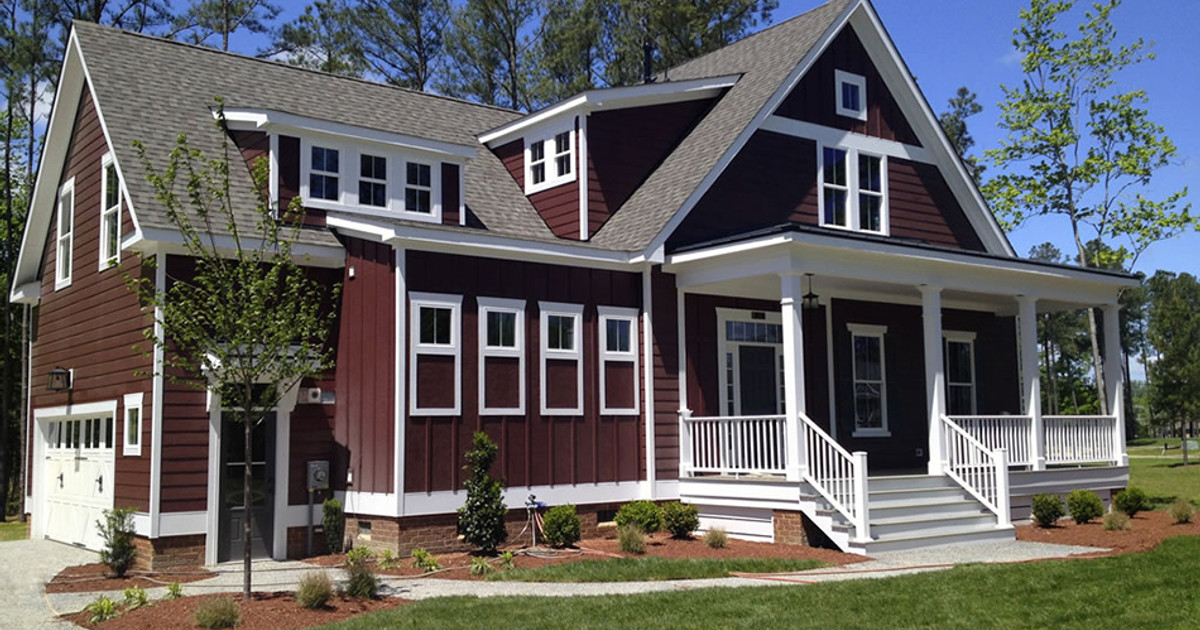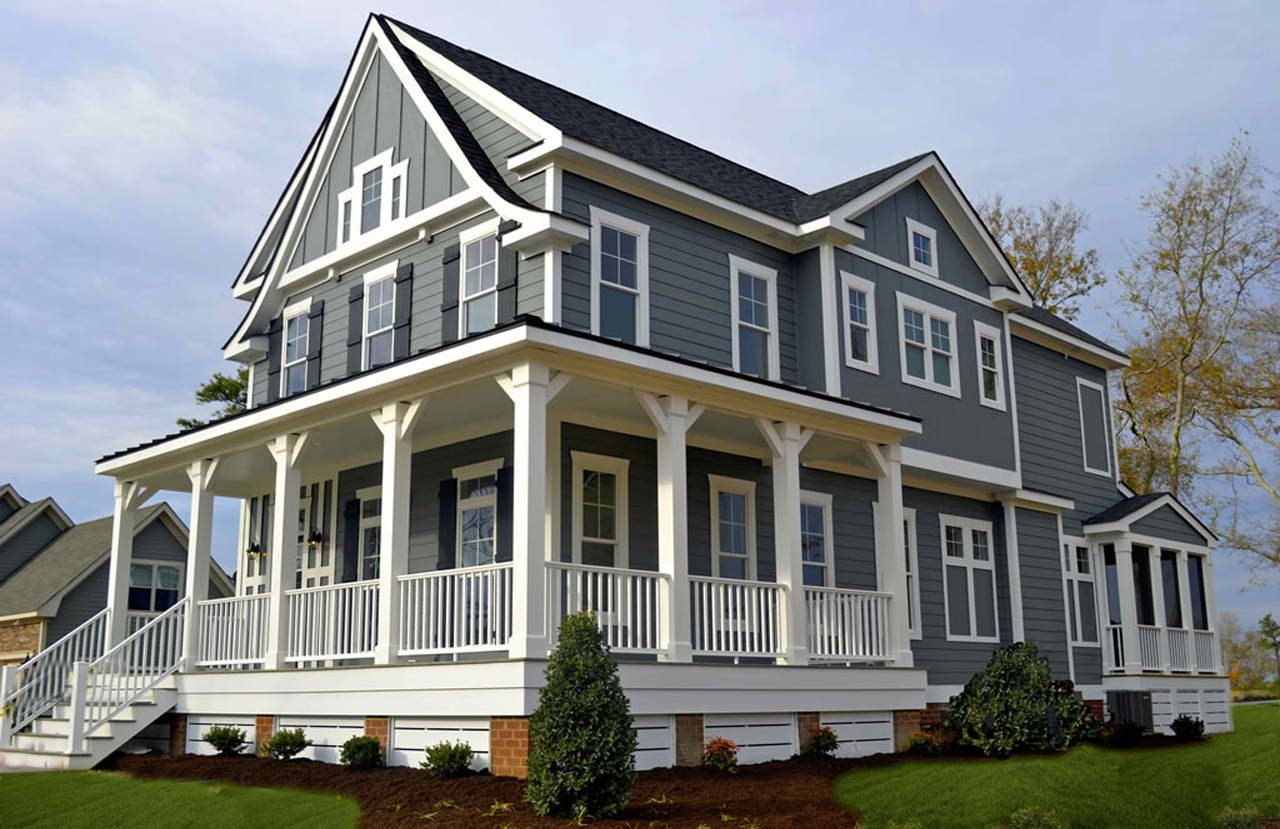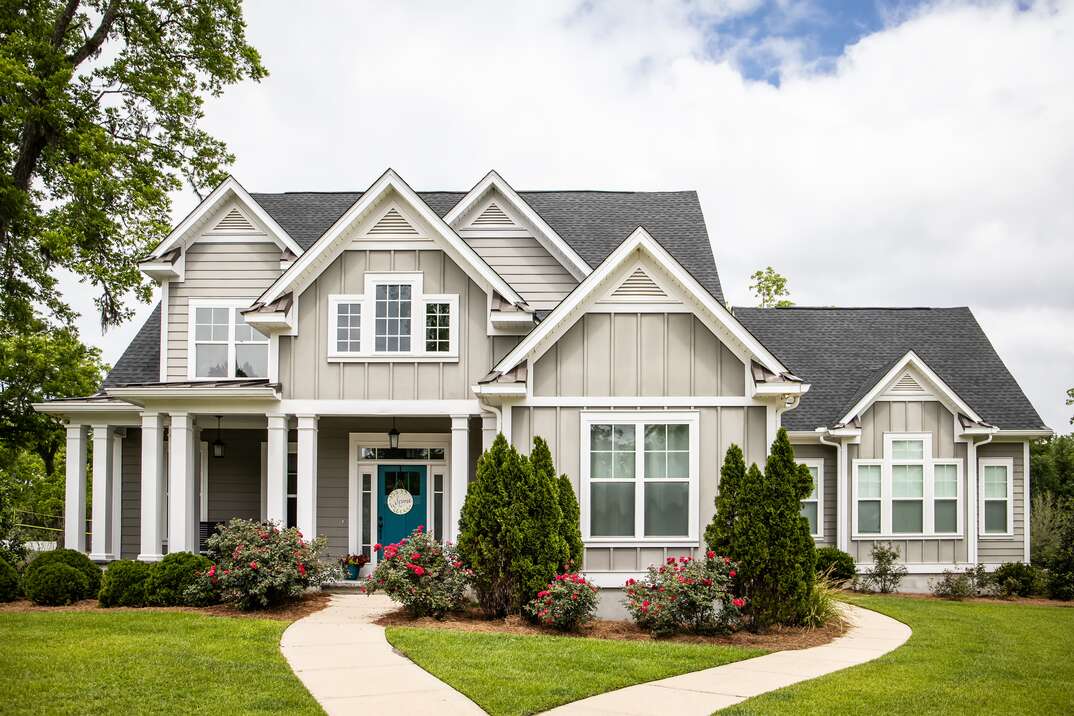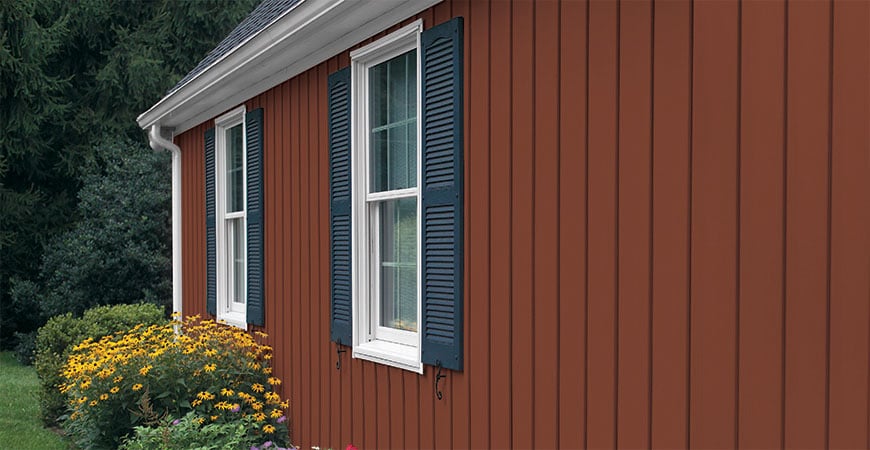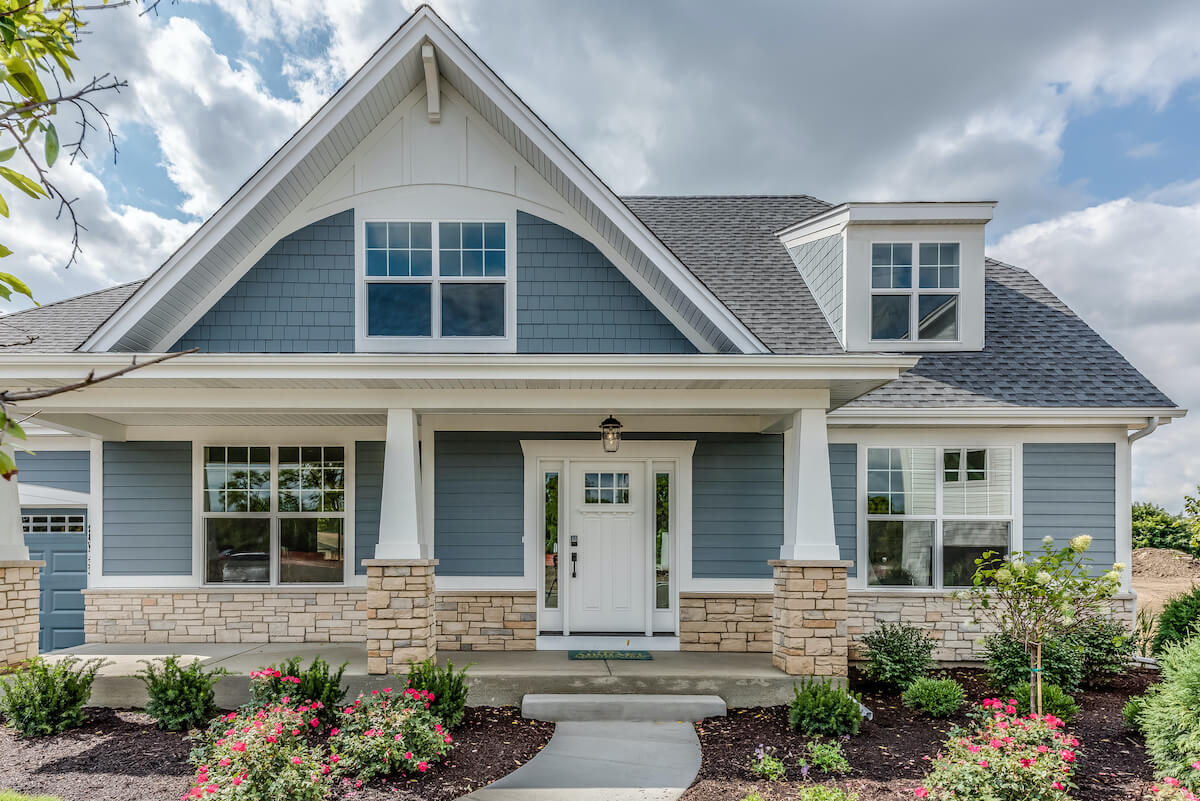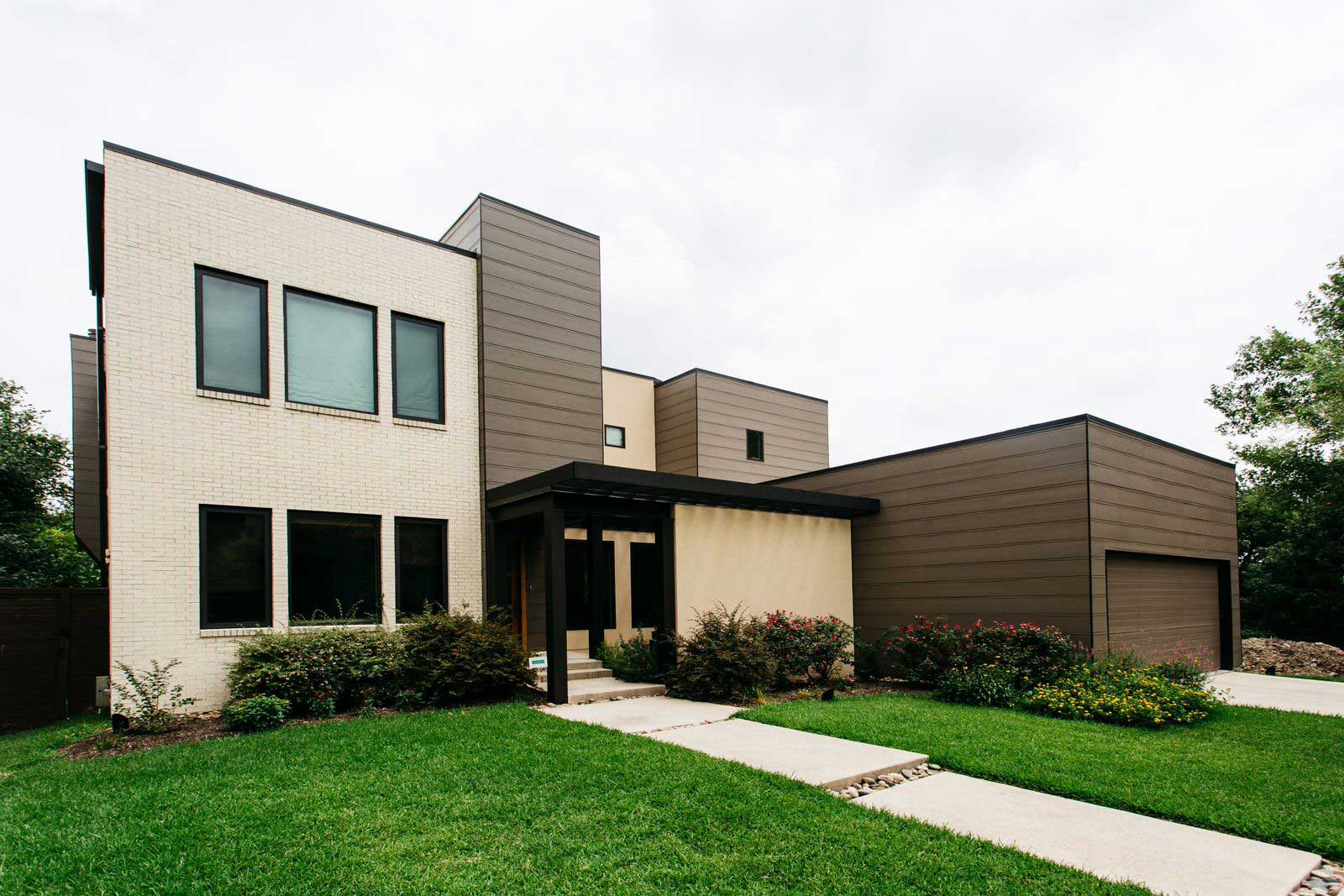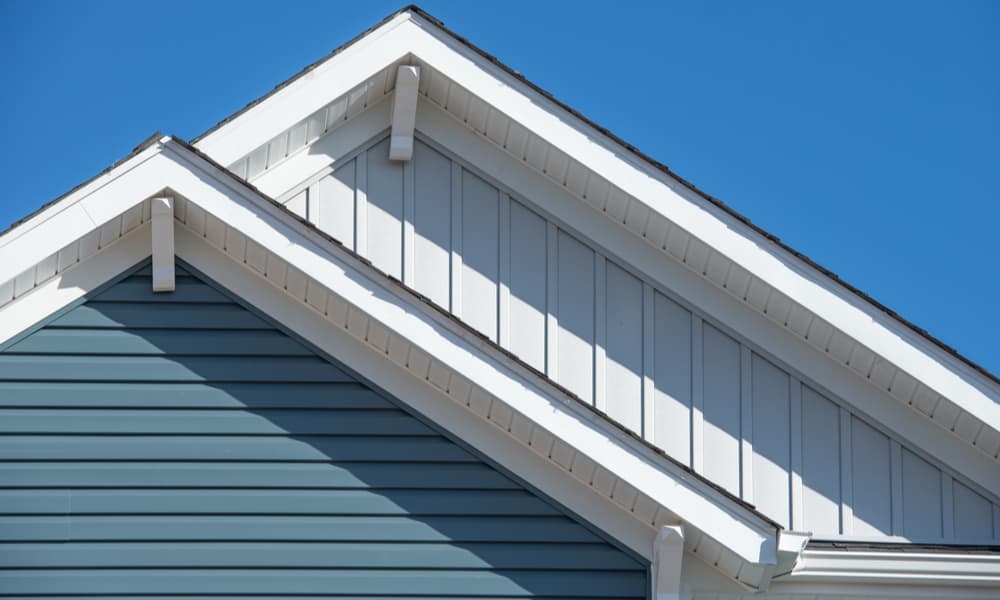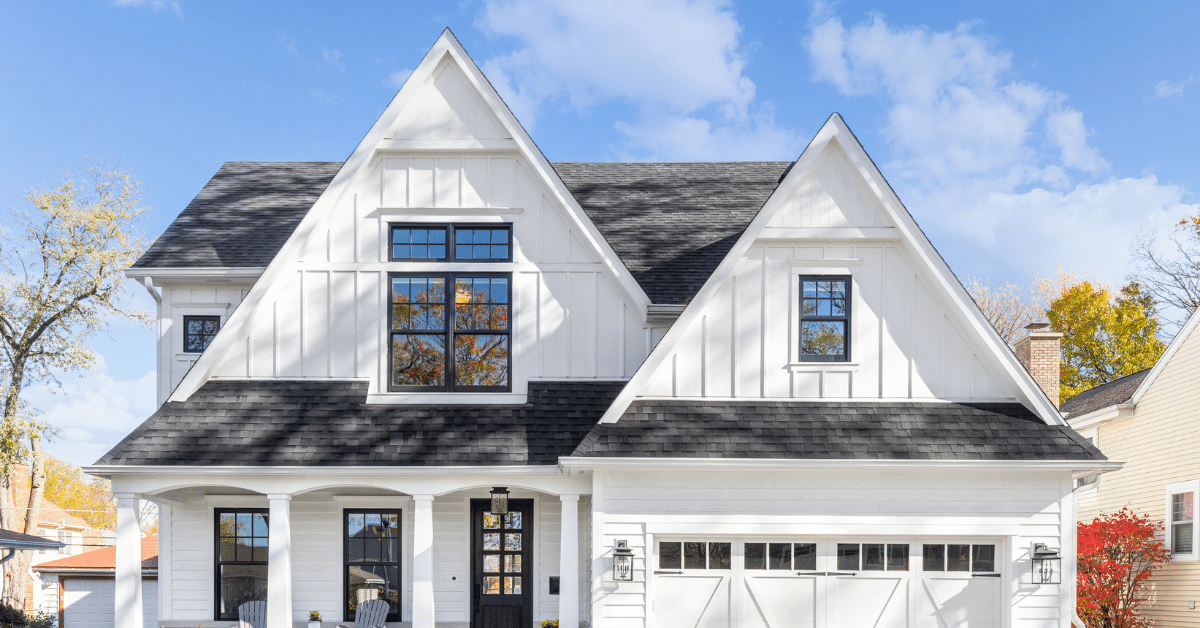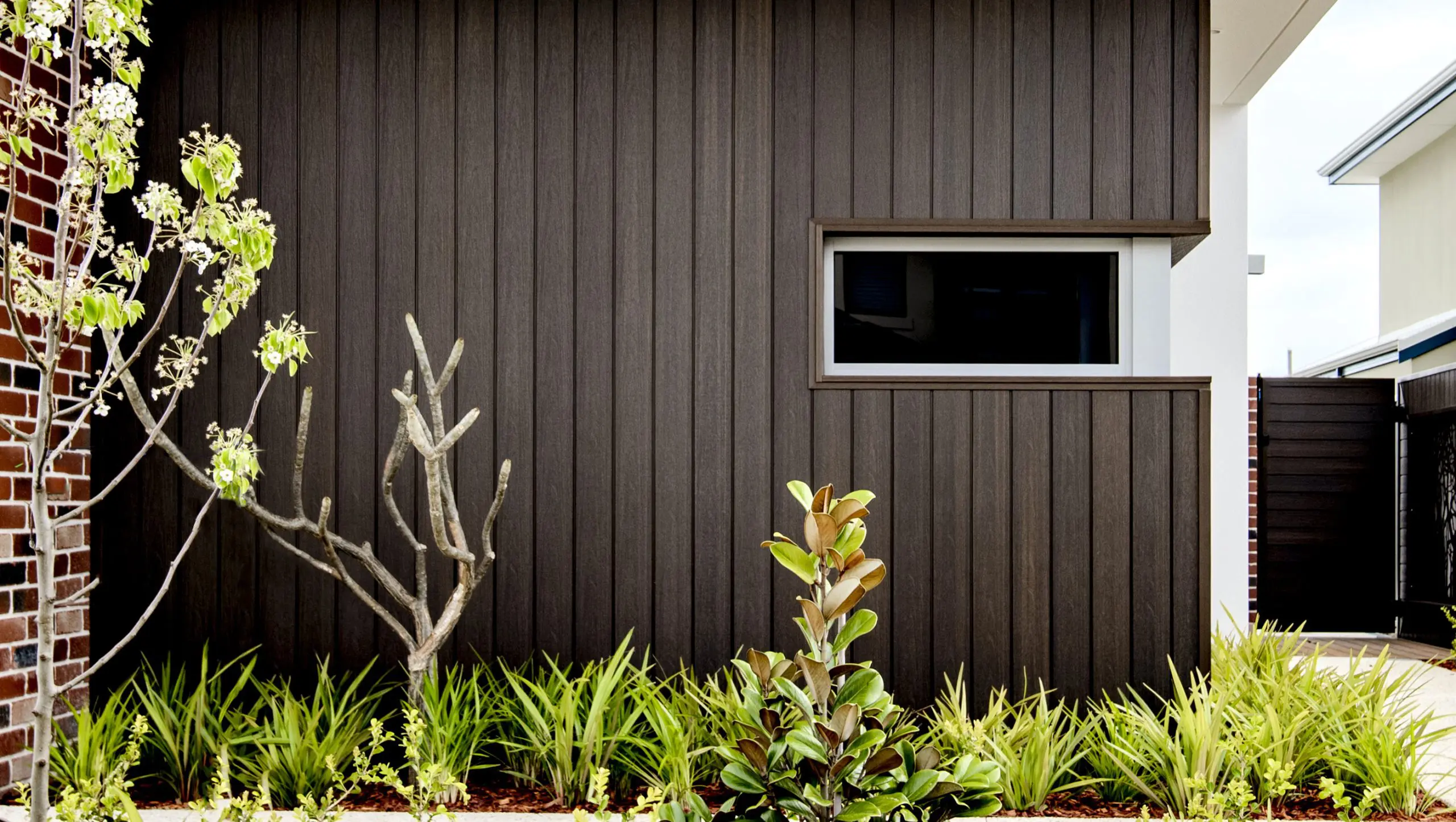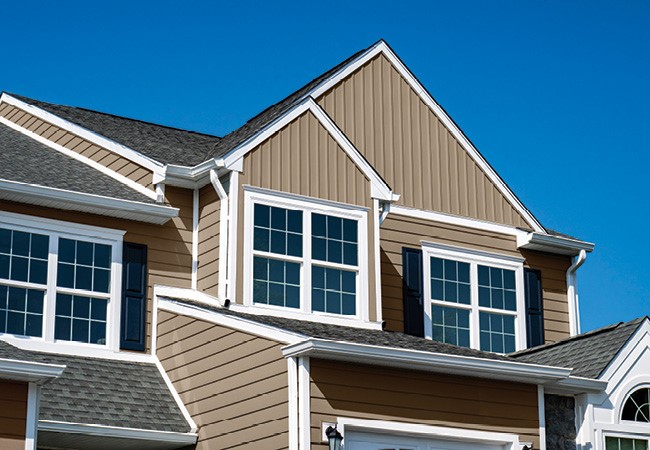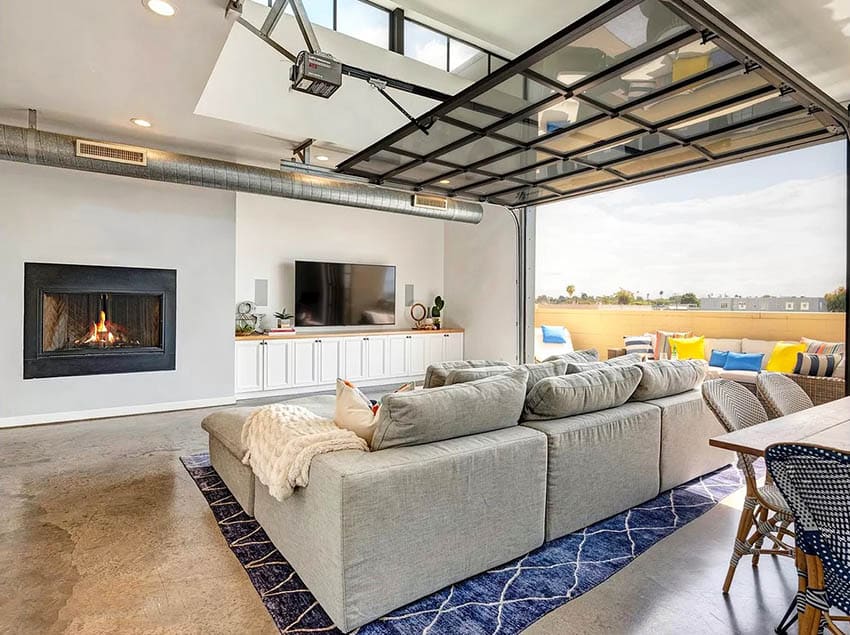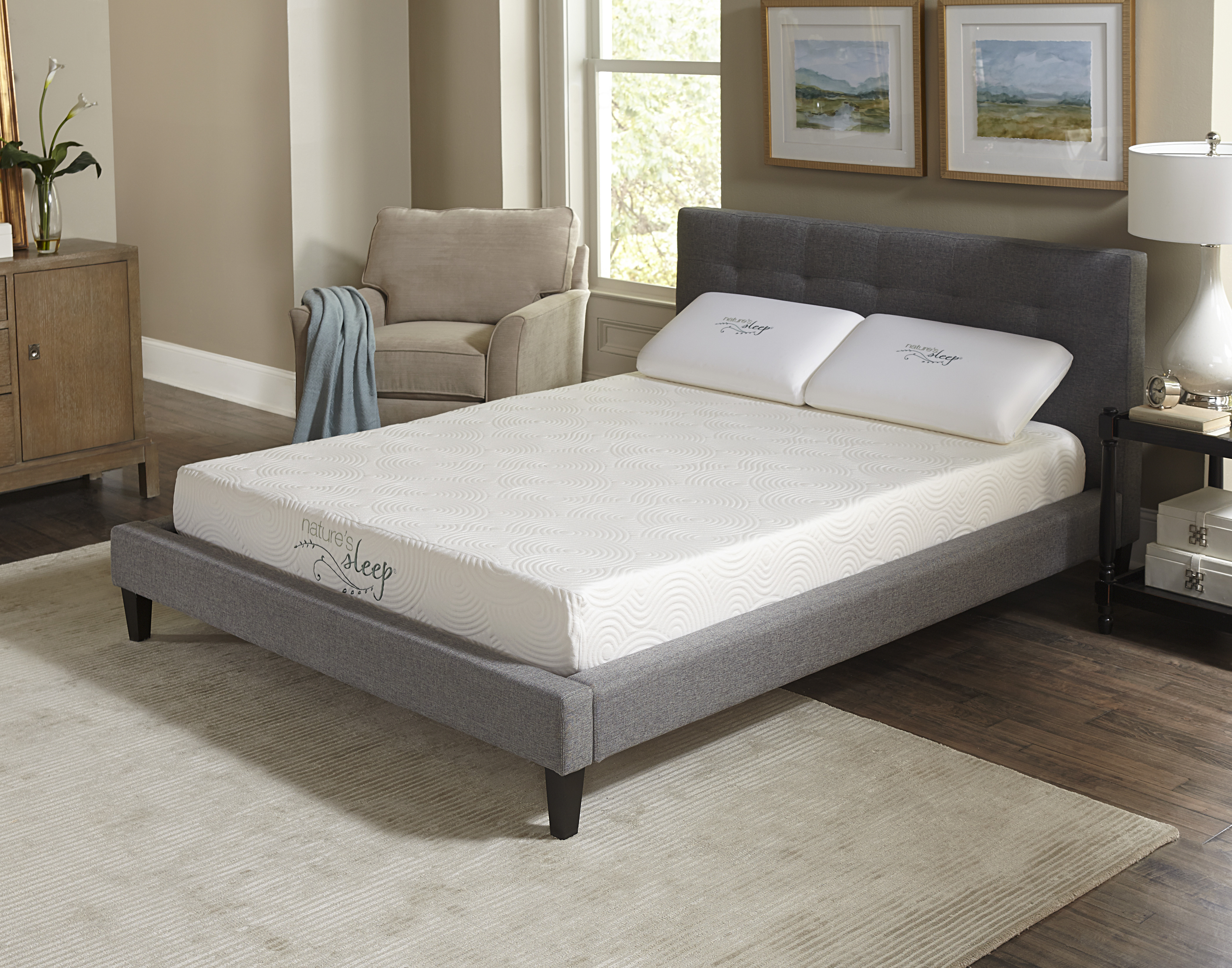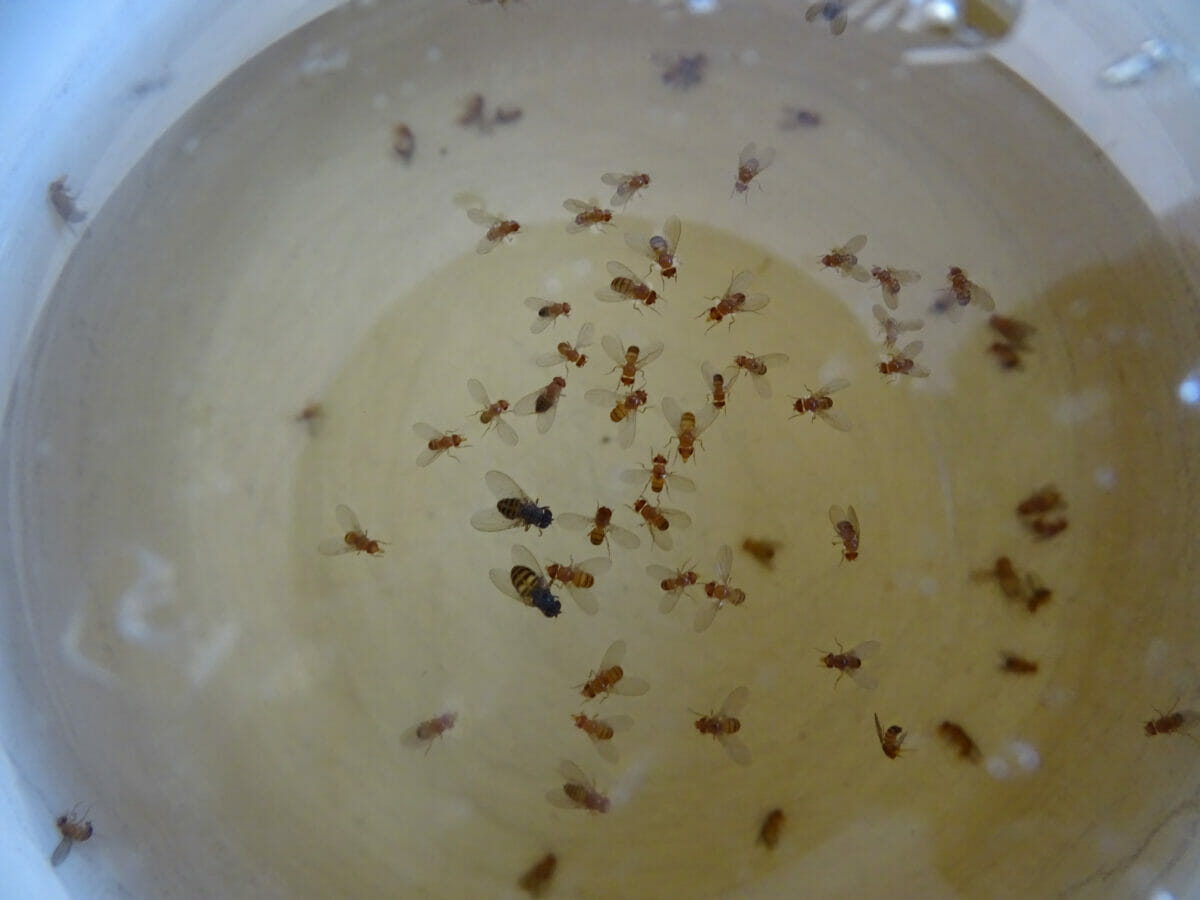Vertical siding is a popular choice for homeowners looking to give their homes a unique and modern look. There are several types of vertical siding available, each with its own benefits and aesthetic appeal. Some of the most common types of vertical siding include board and batten, tongue and groove, and panel siding. Board and batten siding is made up of wide vertical boards with narrow strips of wood, known as battens, running vertically over the seams. This type of siding is often used to give homes a rustic or farmhouse look. Tongue and groove siding features interlocking boards that fit together tightly, creating a seamless and clean look. This type of siding is a popular choice for modern and contemporary homes. Panel siding is made up of large panels that can be installed vertically, creating a sleek and modern appearance. This type of siding is often used on commercial buildings, but can also be a great choice for residential homes.Types of Vertical Siding
Vertical siding can be made from a variety of materials, each with its own unique qualities and benefits. Some of the most common materials used for vertical siding include wood, vinyl, fiber cement, and metal. Wood is a traditional and classic choice for vertical siding, offering a natural and warm look to a home. However, it does require regular maintenance and can be prone to rot and termite damage. Vinyl siding is a popular choice due to its affordability and low maintenance. It is also available in a wide range of colors and styles, making it a versatile option for homeowners. Fiber cement siding is a durable and long-lasting option that can mimic the look of wood or stucco. It is resistant to rot, insects, and fire, making it a popular choice for homeowners. Metal siding, such as aluminum or steel, is a modern and sleek option for vertical siding. It is highly durable and low maintenance, but can be more expensive than other materials.Vertical Siding Materials
Installing vertical siding is a complex process that should be left to professionals. The installation process will vary depending on the type of vertical siding and the materials used. However, the general steps for installation include preparing the walls, installing the starter strip, attaching the siding panels, and finishing the edges and corners. It is important to hire a reputable and experienced contractor to ensure the siding is installed correctly and will last for years to come.Vertical Siding Installation
One of the benefits of vertical siding is the ability to choose from a wide range of colors and styles. The color of the siding can greatly impact the overall look and curb appeal of a home. Some popular colors for vertical siding include neutral tones like gray, beige, and white, as well as bolder colors like blue, green, and red. Main keywords: vertical siding, colors, curb appeal, popular, neutral, boldVertical Siding Colors
In addition to a variety of colors, there are also different styles of vertical siding to choose from. Some popular styles include traditional lap siding, shingle or shake siding, and board and batten. Each style offers a unique look and can complement different architectural styles. Main keywords: vertical siding, styles, traditional, lap siding, shingle, shake, board and batten, architectural stylesVertical Siding Styles
The cost of vertical siding will depend on a variety of factors, including the type of siding, materials used, and size of the project. On average, homeowners can expect to pay between $6 and $12 per square foot for vertical siding, including installation. Main keywords: vertical siding, cost, factors, materials, installation, square footVertical Siding Cost
As with any home improvement project, there are pros and cons to choosing vertical siding for your home. Some of the benefits of vertical siding include its unique and modern appearance, low maintenance, and versatility in terms of colors and styles. However, it can be more expensive than other types of siding and may require professional installation. Main keywords: vertical siding, pros and cons, unique, modern, low maintenance, versatile, expensive, professional installationVertical Siding Pros and Cons
One of the benefits of vertical siding is its low maintenance requirements. However, some basic maintenance is necessary to ensure the siding stays in good condition and looks its best. This includes regularly cleaning the siding with a mild detergent and water, inspecting for any damage or wear, and touching up any paint or sealant as needed. Main keywords: vertical siding, maintenance, low, cleaning, mild detergent, inspecting, damage, wear, paint, sealantVertical Siding Maintenance
When choosing siding for your home, you may also consider horizontal siding as an option. While both vertical and horizontal siding have their own advantages, vertical siding can offer a more modern and unique look, while horizontal siding is a more traditional and classic choice. Main keywords: vertical siding, horizontal siding, advantages, modern, unique, traditional, classicVertical Siding vs Horizontal Siding
There are several manufacturers that offer high-quality vertical siding options for homeowners. Some of the top manufacturers include James Hardie, CertainTeed, LP SmartSide, and Cedar Valley. It is important to research and compare different manufacturers to find the best quality and style for your home. Main keywords: vertical siding, manufacturers, high-quality, research, compare, James Hardie, CertainTeed, LP SmartSide, Cedar ValleyVertical Siding Manufacturers
The Benefits of Vertical Siding for Your House Design
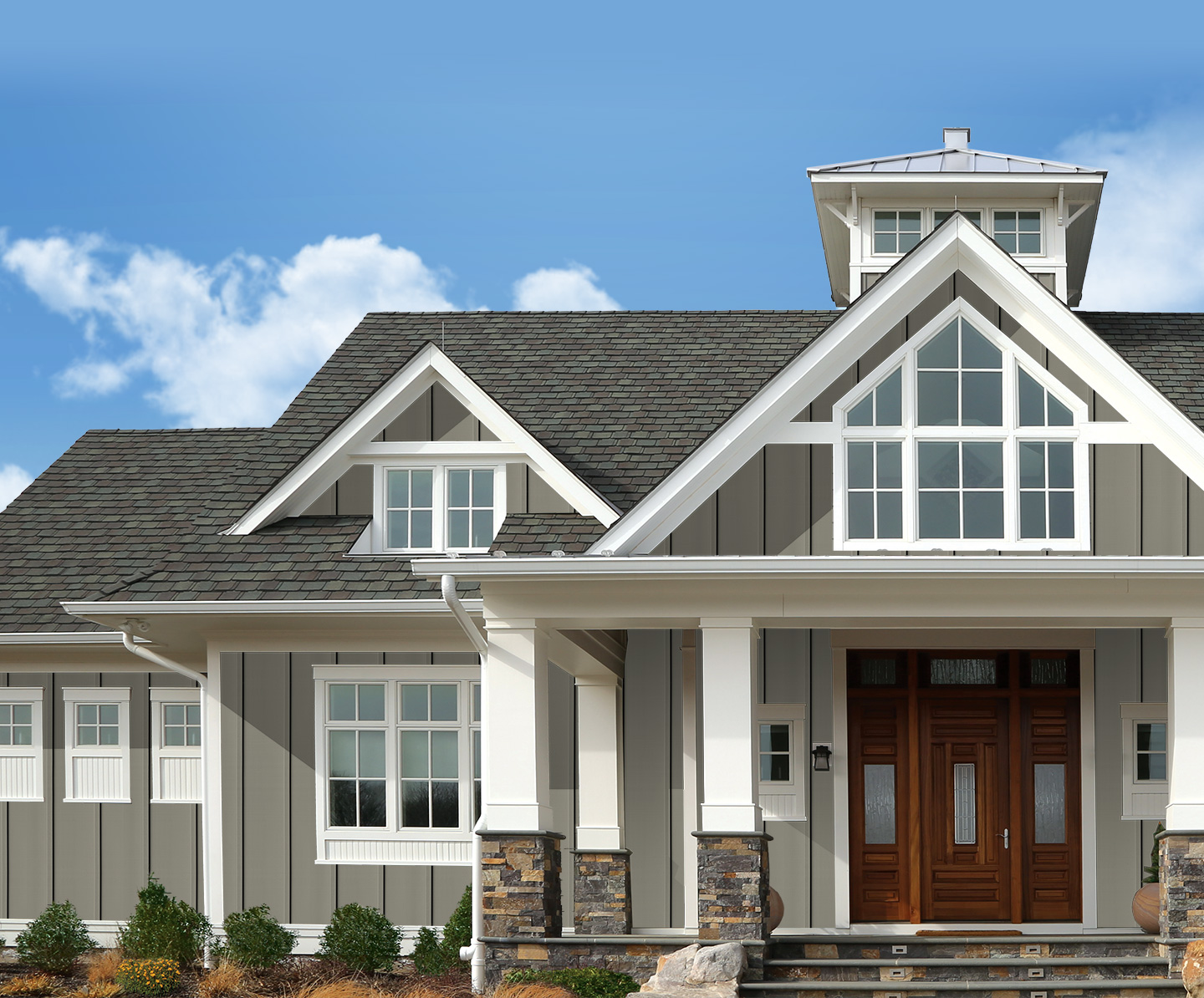
Enhancing Aesthetics
 When it comes to choosing the perfect siding for your house, vertical siding is a popular and stylish option. This type of siding is installed in a vertical orientation rather than the traditional horizontal one, giving your home a unique and modern look. It can instantly enhance the curb appeal of your house and make it stand out in the neighborhood.
Vertical siding
comes in a variety of materials, such as vinyl, wood, fiber cement, and even metal. Each material offers its own set of benefits, but they all have the common advantage of adding a striking visual element to your home's exterior. They can also be customized in different colors and textures to match your personal taste and complement the overall design of your house.
When it comes to choosing the perfect siding for your house, vertical siding is a popular and stylish option. This type of siding is installed in a vertical orientation rather than the traditional horizontal one, giving your home a unique and modern look. It can instantly enhance the curb appeal of your house and make it stand out in the neighborhood.
Vertical siding
comes in a variety of materials, such as vinyl, wood, fiber cement, and even metal. Each material offers its own set of benefits, but they all have the common advantage of adding a striking visual element to your home's exterior. They can also be customized in different colors and textures to match your personal taste and complement the overall design of your house.
Durability and Protection
 Aside from its aesthetic appeal,
vertical siding
also provides durable and long-lasting protection for your home. The vertical orientation allows for better water runoff, reducing the risk of water damage and mold growth. It also offers better resistance against strong winds and harsh weather conditions, making it a reliable choice for all types of climates.
Moreover, the installation of vertical siding includes the use of a moisture barrier and proper sealing techniques, ensuring that your home is well-protected from external elements. This can save you from potential maintenance and repair costs in the long run, making it a cost-effective option for house design.
Aside from its aesthetic appeal,
vertical siding
also provides durable and long-lasting protection for your home. The vertical orientation allows for better water runoff, reducing the risk of water damage and mold growth. It also offers better resistance against strong winds and harsh weather conditions, making it a reliable choice for all types of climates.
Moreover, the installation of vertical siding includes the use of a moisture barrier and proper sealing techniques, ensuring that your home is well-protected from external elements. This can save you from potential maintenance and repair costs in the long run, making it a cost-effective option for house design.
Increased Energy Efficiency
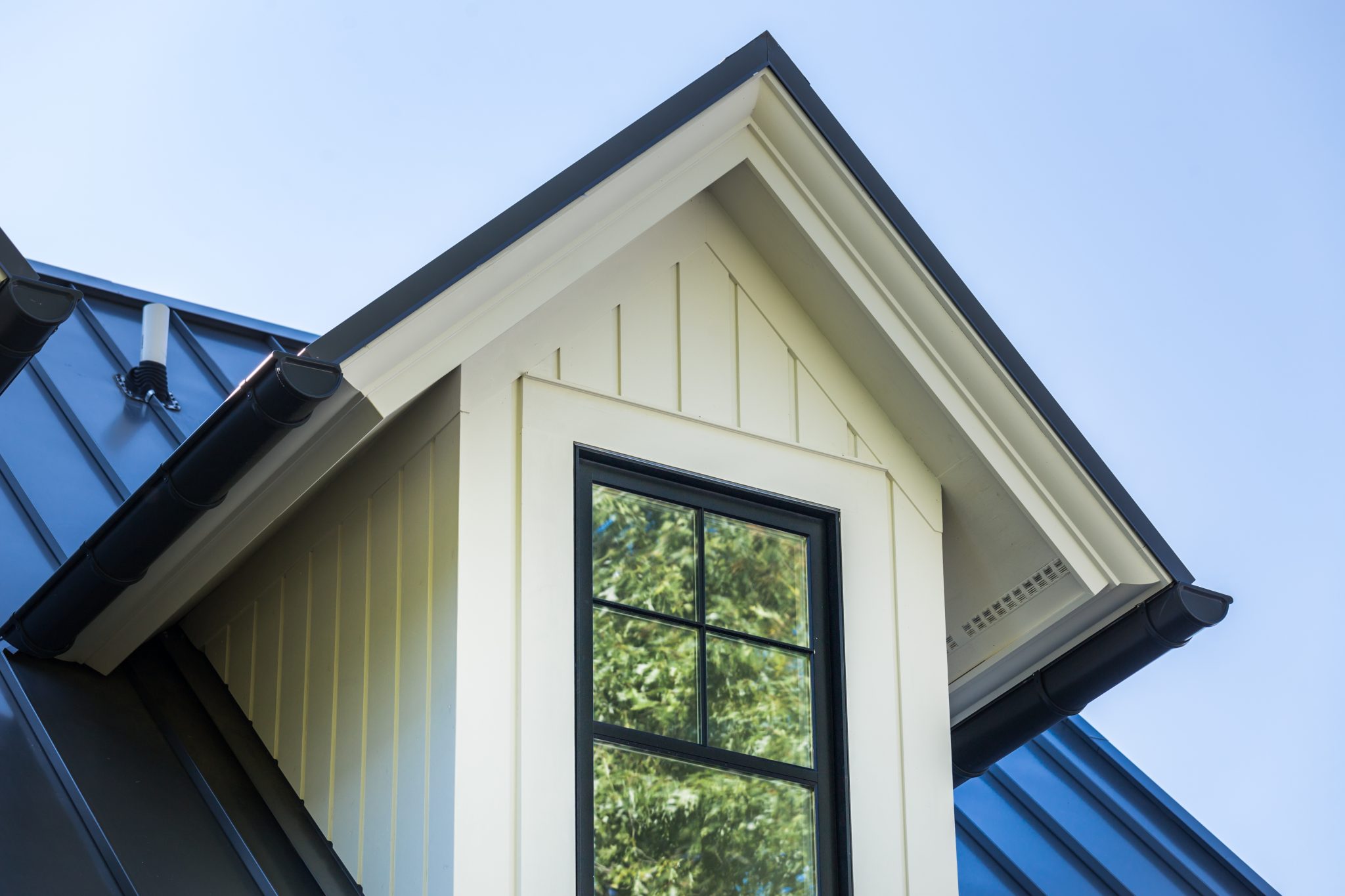 Another advantage of
vertical siding
is its ability to enhance the energy efficiency of your home. The vertical orientation allows for better insulation, keeping your home warm in the winter and cool in the summer. This can lead to lower energy bills and a more comfortable living environment for you and your family.
In addition, some materials used for vertical siding, such as fiber cement, have a high R-value, which measures the material's ability to resist heat flow. This means that your home will be better insulated and require less energy to maintain a comfortable temperature.
Another advantage of
vertical siding
is its ability to enhance the energy efficiency of your home. The vertical orientation allows for better insulation, keeping your home warm in the winter and cool in the summer. This can lead to lower energy bills and a more comfortable living environment for you and your family.
In addition, some materials used for vertical siding, such as fiber cement, have a high R-value, which measures the material's ability to resist heat flow. This means that your home will be better insulated and require less energy to maintain a comfortable temperature.
The Perfect Choice for Modern House Design
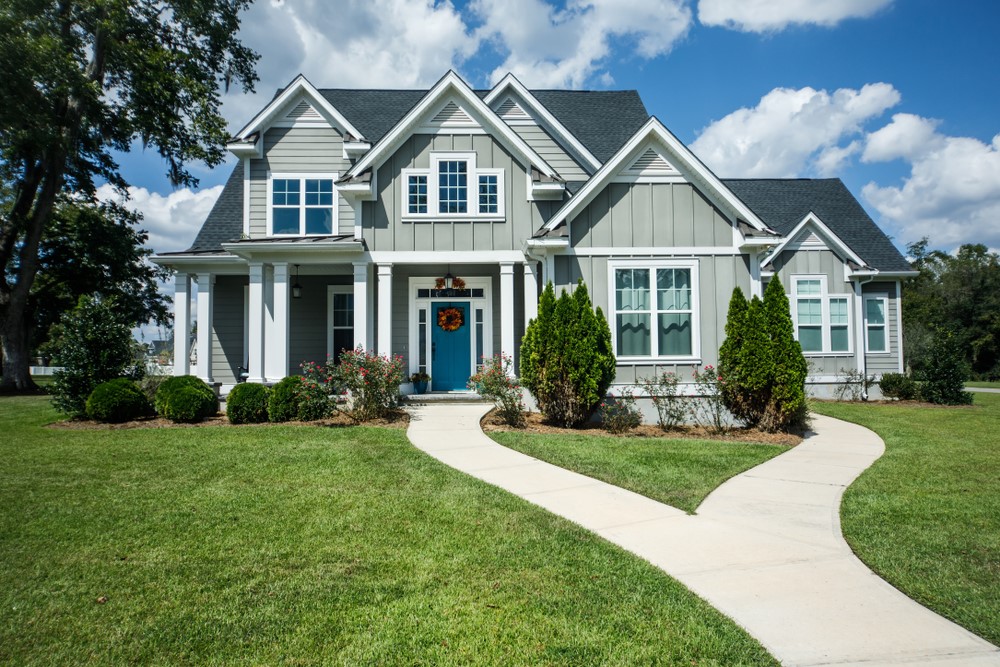 With its sleek and contemporary look,
vertical siding
is the perfect choice for modern house design. It can be used to create a clean and minimalist look or to add a touch of texture and depth to the exterior of your home. It also pairs well with other design elements, such as large windows, metal accents, and stone accents, making it a versatile option for any style of home.
In conclusion,
vertical siding
not only adds to the aesthetic appeal of your house design, but it also offers durability, protection, and energy efficiency. With its various materials, colors, and textures, it can be customized to fit your personal style and elevate the overall look of your home. Consider
vertical siding
as a modern and practical choice for your next house project.
With its sleek and contemporary look,
vertical siding
is the perfect choice for modern house design. It can be used to create a clean and minimalist look or to add a touch of texture and depth to the exterior of your home. It also pairs well with other design elements, such as large windows, metal accents, and stone accents, making it a versatile option for any style of home.
In conclusion,
vertical siding
not only adds to the aesthetic appeal of your house design, but it also offers durability, protection, and energy efficiency. With its various materials, colors, and textures, it can be customized to fit your personal style and elevate the overall look of your home. Consider
vertical siding
as a modern and practical choice for your next house project.

















